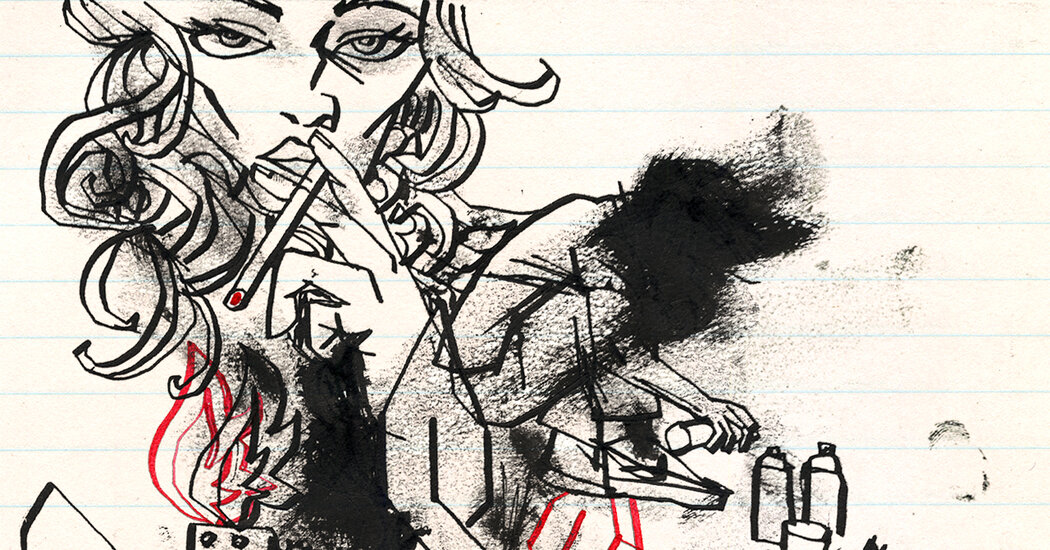When I stumbled out of my first concert in the spring of 1998, I couldn’t even hold up my head. My 17-year-old ears were buzzing and a trickle of blood ran down the side of my neck from a hoop earring that had been ripped out in the mosh pit where I had left every last scrap of my adolescent rage. Just months after the release of their defining album “Around the Fur,” I was already infatuated with the California nu metal band Deftones.
My mother picked me up from the Louisville brewery where they’d performed, two hours from the Kentucky town where I grew up. She was understandably shocked at the sight of me — and let me know it — but I couldn’t hear a word she said as we drove off.
As a fan of many nu metal, alt metal and industrial bands that reigned at the time — particularly Korn, Deftones, Nine Inch Nails, Tool and Rage Against the Machine — I’d go on to reclaim that sensation over the next few years. I felt baptized in the highly emotional music that candidly examined themes of misery, loss and alienation, feelings expressed in urgent vocals, guttural sounds, screams and growls.
It’s easy to forget how popular this sound was. Freaks ruled, and not just figuratively. Korn were bona fide rock stars: “Follow the Leader,” their sophomore album, debuted at No. 1 on the U.S. Billboard 200 in 1998, selling about 270,000 copies in its opening week; “Issues,” in 1999, also debuted at No. 1, selling nearly 575,000 copies in its first week and keeping both Dr. Dre and Celine Dion out of the top spot. As of 2021, the band had sold more than 40 million albums globally.
The post Y2K Kids Were the Last to Really Rage With No One Watching appeared first on New York Times.




